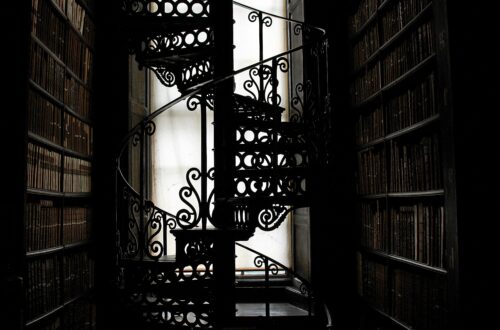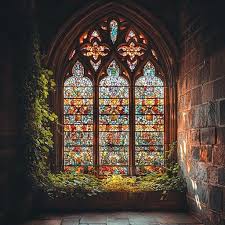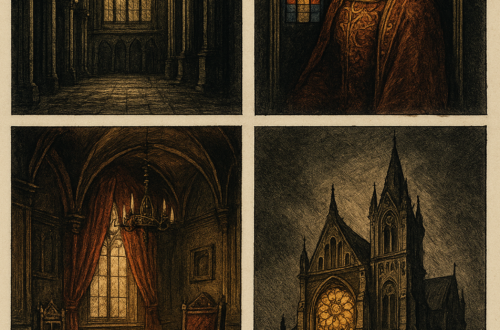
Introduction:
Art Nouveau, a design movement that emerged in the late 19th century, continues to captivate and inspire with its intricate and organic aesthetics. This design style, characterized by flowing lines, asymmetrical forms, and nature-inspired motifs, left an indelible mark on various art forms, including architecture, decorative arts, and graphic design. In this blog post, we’ll delve into the fascinating world of Art Nouveau, exploring its origins, key characteristics, and enduring influence on contemporary design.
Origins of Art Nouveau:
Art Nouveau, meaning “new art” in French, originated in the late 1800s as a reaction against the perceived excesses of academic art and the Industrial Revolution. The movement sought to break free from traditional artistic norms, embracing a more organic and harmonious approach to design. Emerging as a response to the changing cultural landscape, Art Nouveau aimed to integrate art into everyday life.
Key Characteristics:
1. Organic Forms: One of the defining features of Art Nouveau is the use of sinuous, curving lines inspired by natural forms such as flowers, vines, and flowing water. This emphasis on organic shapes distinguishes Art Nouveau from the geometric precision of earlier design movements.
2. Asymmetry: Art Nouveau often employed asymmetrical compositions, deviating from the symmetrical balance of previous styles. This departure from symmetry added a sense of dynamism and movement to the design, enhancing its visual appeal.
3. Nature-Inspired Motifs: The movement drew inspiration from the beauty of the natural world. Artists and designers incorporated floral and fauna motifs, with particular emphasis on the whiplash curve, a characteristic line resembling the bending stem of a plant.
4. Use of New Materials: Art Nouveau embraced modern materials and technologies of the time. From iron and glass to new printing techniques, artists explored innovative ways to bring their designs to life.

Influence on Various Art Forms:
1. Architecture: Art Nouveau left a significant imprint on architecture, with notable examples including the works of architects such as Victor Horta and Antoni Gaudí. Elaborate facades, organic ornamentation, and the integration of natural elements into building structures are hallmarks of Art Nouveau architecture.
2. Decorative Arts: The movement found expression in various decorative arts, including furniture, jewelry, and glassware. René Lalique’s exquisite glasswork and the delicate designs of Louis Comfort Tiffany exemplify the mastery of Art Nouveau in the realm of decorative arts.
3. Graphic Design: Art Nouveau greatly influenced graphic design and illustration. Alphonse Mucha, a prominent artist of the movement, created iconic posters characterized by flowing lines, intricate borders, and captivating female figures.
Enduring Legacy:
While Art Nouveau as a distinct movement waned by the early 20th century, its influence persists in contemporary design. The emphasis on organic forms, intricate detailing, and a departure from rigid structures can be observed in various art and design disciplines today. The enduring allure of Art Nouveau lies in its ability to seamlessly blend the natural world with human creativity, creating timeless and captivating works of art.
Conclusion:
Art Nouveau stands as a testament to the transformative power of design movements. Its departure from convention and celebration of nature’s beauty continue to inspire artists, designers, and enthusiasts alike. By exploring the intricate details and timeless elegance of Art Nouveau, we gain a deeper appreciation for a movement that has left an indelible mark on the history of design.


